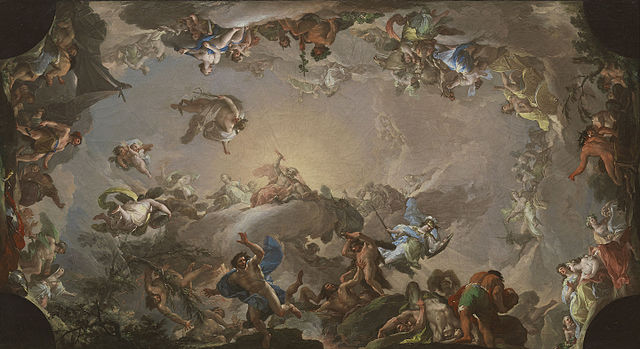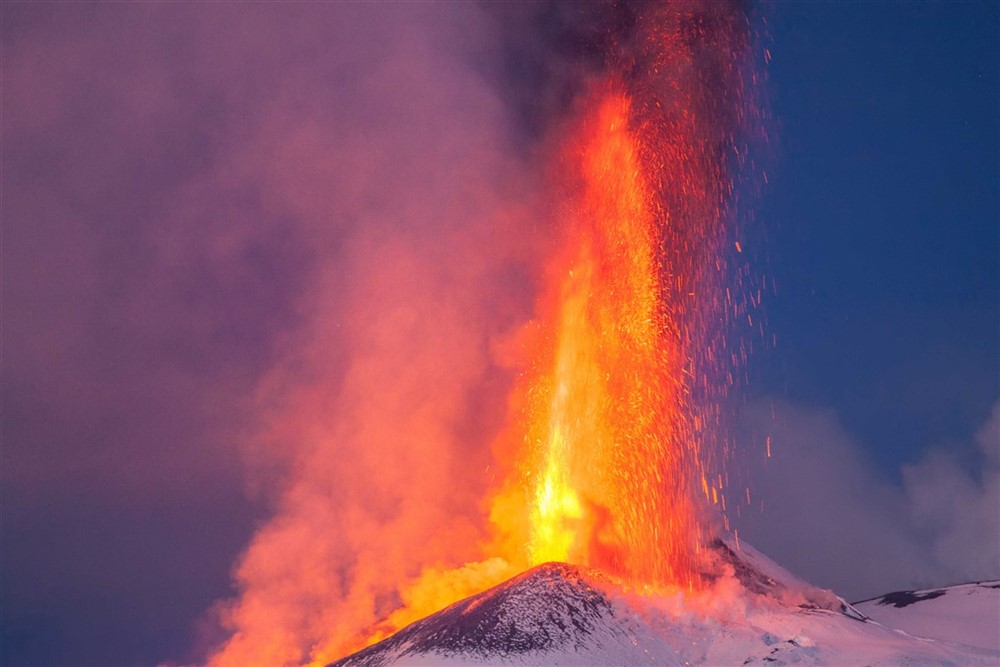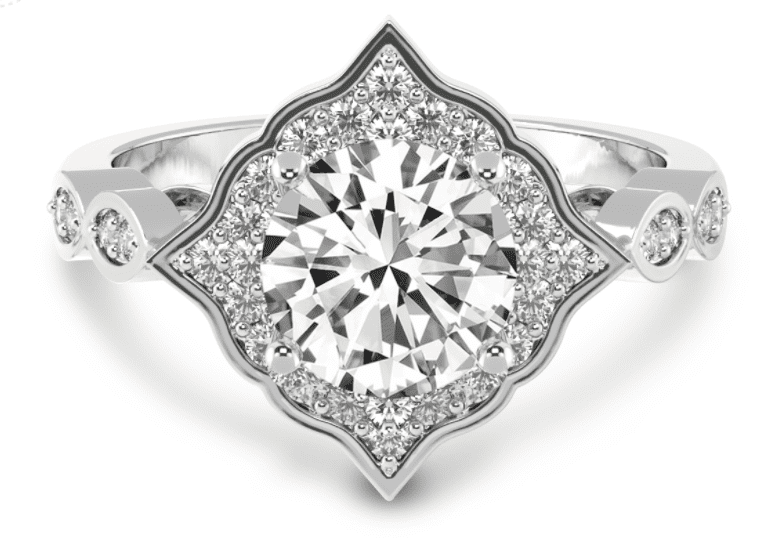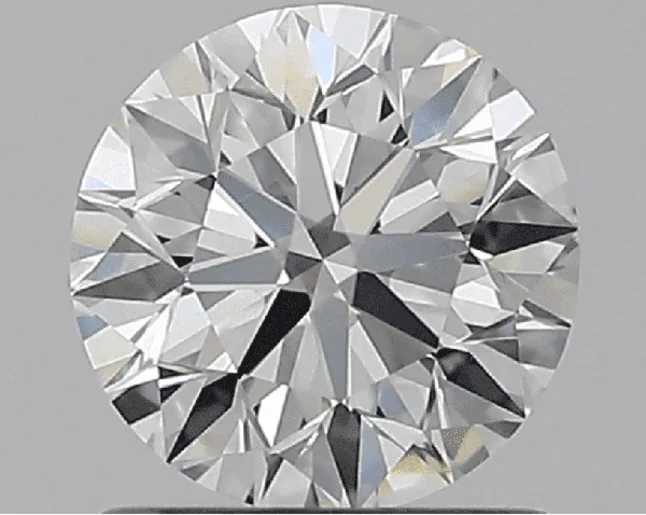Bringing it down to Earth: What are diamonds? | Rare Carat
Ask a question such as ‘what are diamonds?’ and it should always be answered by first addressing the word itself. That cryptic little signifier that discloses a host of secrets.
What's in a Name?
The word ‘diamond’ comes from the Greek adamas. Damas means to conquer. Add an ‘a’, and you have ‘unconquerable’. It was a word intended to describe the hardest of all materials, and back in the day (that’s two thousand years ago or so), platinum and sapphire were also referred to as adamas. We soon realised that diamond was undoubtedly the most deserving of the word, being the hardest known naturally occurring mineral, so we knocked off the ‘a’ again in the 14th century - probably about the same time we realised that diamond does have a weak spot and if you hit it hard enough in one direction, it will break – and after a few variables in spelling, it became diamond.

Diamond's Protect the Wearer (or so some thought)!
We revered this mystical gem, and its origins were assumed to be celestial. They were the tears of the gods, splinters from the stars, or the embodiments of the spirits. They could ward off evil, both cure and kill, sense the presence of a liar and cause tigers to run in fear. Bottom line, own a diamond and you were pretty much covered for all eventualities.
Where Were they Found?
But you had to get to it first. As far as we can ascertain from the literature, India was originally the only known source of the gemstone. Exactly where they were found though remained a great source of intrigue for centuries, with the legend of the Valley of Diamonds pervading the tales of travellers. This Valley, in which these riches were supposedly located, was impenetrable to men as it heaved and writhed with hundreds of venomous serpents. The only way to retrieve the stones was to throw meat into the Valley, onto which the diamonds would adhere. This meat would be picked up by ravenous birds of prey and the diamonds could then be recovered, either from the nests of the birds or, on killing the birds, directly from their stomachs.
All a little tiresome. Early Indian texts dating from the 400BCE seem to set the story straight, to some extent, noting the source of the diamonds to be, quite simply, 'mines and streams'. Which makes a little more sense.

Discovering What a Diamond is Really Made of (hint, it's not tears from the gods)
But who wants sense? Really? Isn’t it a lot more fun to believe in a magical stone that can only be found in a mysterious valley? Apparently not. In 1797, an English chap by the name of Smithson Tennant put pay to such fantasies for good. By burning a diamond (yes, you can burn a diamond in oxygen at temperatures greater than 700 degrees c). Something that, before the advance of practical science, would be akin to cursing your entire household. What Master Tennant discovered, grace of this expensive little bonfire, was that the weight of the carbon contained in the carbon dioxide produced in the experiment was equal to the weight of the original diamond. Ergo, diamond is pure carbon. It’s made of exactly the same stuff as charcoal. It’s just a heck of a lot prettier.
The next part of the diamond puzzle was put into place around a hundred years later, when diamonds were discovered in South Africa. Much to the dismay of the local farmers, hundreds upon thousands of these pretty lumps of carbon were found buried in the soil, as opposed to in the rivers and streams, as had previously been the case in both India and later, Brazil. This was a different kind of deposit, and one that had origins deep within the earth, having been brought to the surface by some powerful volcanic eruption. The conclusion – diamonds were formed at great temperatures and pressures.

The last word in the ‘what is a diamond’ query goes to William Lawrence Bragg. In 1913, this rather bright young physicist determined the crystalline structure of diamond using the nascent technique of x-ray diffraction. In other words, he worked out the pattern in which the carbon atoms in diamond bond – that is, tightly, and in the same way in every direction. Which accounts for the fact that diamond is so darn hard (amongst other things).
So ‘what is diamond?’ pushes glasses to the end of her nose It is the crystalline form of pure carbon, bonded in the isometric system and commonly formed under high pressures and temperatures.
Well, thank you, Mr Tennant, South African diamond prospectors, and Mr Bragg for bringing us all back down to earth.
I think I prefer the tears of the gods.


